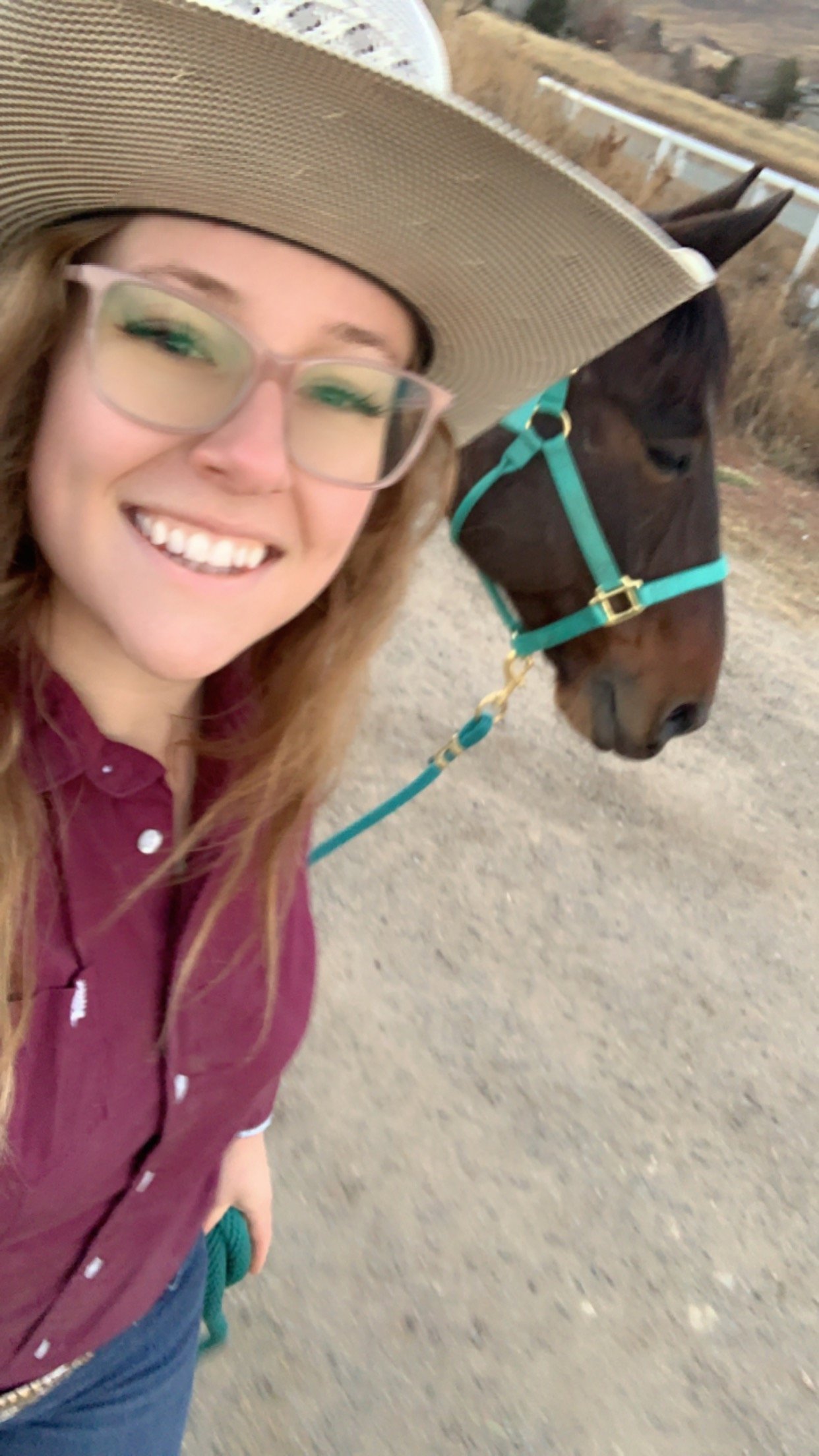Women make history in SJH surgery residency
It’s a year of two firsts. First #1: Sydne Muratore, MD, has been named the first woman to lead the General Surgery residency as program director. Women have briefly held the role at Saint Joseph on an interim basis before, but Muratore is the first woman to step in permanently.
“It’s an honor to be the first woman to fill this role because it sends a powerful message to all surgeons in training – men and women – about our commitment to provide leaders who represent the diversity of our medical staff and of our community,” Muratore said. “Diverse leadership is foundational to fostering an inclusive environment that values different perspectives.”
Further, Muratore pointed out that women now make up more than half the medical students applying to surgery, but the percent of women in surgical leadership roles is far less than that. According to the most recent data from the National Institutes of Health, only 23 percent of surgery residency program directors are women.
“Representation in leadership is linked to promoting gender equality across all sectors, addressing systemic inequalities and challenging gender norms,” she said. “Despite this important challenge, I am extremely dedicated to advocating for all surgical trainees, regardless of gender, race, religion, sexual orientation or socioeconomic status. It is a privileged opportunity that I now have to impact not only the technical education of the residents – teaching them to cut and sew – but also to shape the culture in which they acquire these skills, fostering an environment that supports their growth and success.”
Surgery, and, more specifically, teaching it, is Muratore’s passion today, but as a young physician it was not her first love. Earning her medical degree at the University of Colorado School of Medicine in Denver, her early interests were in global health. Growing up in rural Wyoming, she also had burgeoning interests in fields that would allow her to address access-to-care issues, such as family medicine or women’s health.
But then came her surgery rotation. She was paired with a surgeon and shadowed him for two weeks.
“I smiled all the way through my first surgery, 16 hours straight. I don’t remember eating or sitting or doing anything other than being utterly fascinated with the magic that was unfolding before me,” she said. “I knew I’d found my calling.”
While unexpected at the time, looking back she’s not surprised. Her stepfather is a cattle rancher and her mother is a music teacher and artist. Both work with their hands and are committed to something bigger than themselves, and she feels surgery is the perfect blend of these attributes.
“Surgery feels a lot like an artform to me,” she said. “It requires creativity, precision, mastery and vision. Surgeons enjoy taking things apart, or putting things back together, in a way that fits their vision of how something should be.”
I know what you’re thinking, and no, we didn’t forget. First #2: All six first-year categorical surgery residents at Saint Joseph this year are women.
“Yes, they are aware that they’re the first all-female surgery class, and they take tremendous pride in it,” Muratore said. “They also feel a sense of responsibility to represent. But considering the caliber of these young surgeons, I’m confident they won’t disappoint.”
One of the six is Sarah Vangi, MD, shown here with her horse, Brutus. A former firefighter and anatomy teacher, she feels a career as a surgeon will “tie together my love of anatomy and my desire to help people in need. I enjoy the technical skills and look forward to the lifelong learning that surgery demands. It will always give me something to strive toward in my career.”
Vangi’s plans after completing her residency are to complete a fellowship in Trauma and Surgical Critical Care with the goal of working at a Level 1 trauma center. She also wants to provide general and acute care surgery rural outreach to help communities that have limited access to surgical care.
“All residents are unique, and my goal and joy as their instructor is to figure out what makes them hum and develop personalized training that is as unique as they are,” Muratore said. “When I understand what drives a resident and can incorporate that into the training, I can help them become the best surgeon for the lifespan of a career.”
During our conversation, Muratore recalled the career of Elizabeth Blackwell, MD, who, in 1849, became the first woman to earn a medical degree in the US. She faced tremendous barriers to even get into medical school, finally only being accepted on a lark after 29 rejections. Despite her dedication to her studies and many accomplishments, she struggled to find employment as a physician. She eventually succeeded through sheer grit and tenacity, subsequently opening a hospital and training center for women while also providing care for the underserved.
“The idea that women surgeons needed to be better than men to be seen as equal began with Blackwell,” said Muratore. “This idea has been hammered into the brains of female surgeons for generations. It’s propagating unequal expectations based on gender, and I’m happy to say it’s becoming an increasingly antiquated notion today. Gender equity among the younger generation of surgeons is real.”
So maybe, then, this is a year of two firsts and a last. Last # 1: This might be the last generation for which we publicly acknowledge firsts.
Physicians who would like to contact Muratore about the General Surgery residency can email her at sydne.muratore@imail.org.

